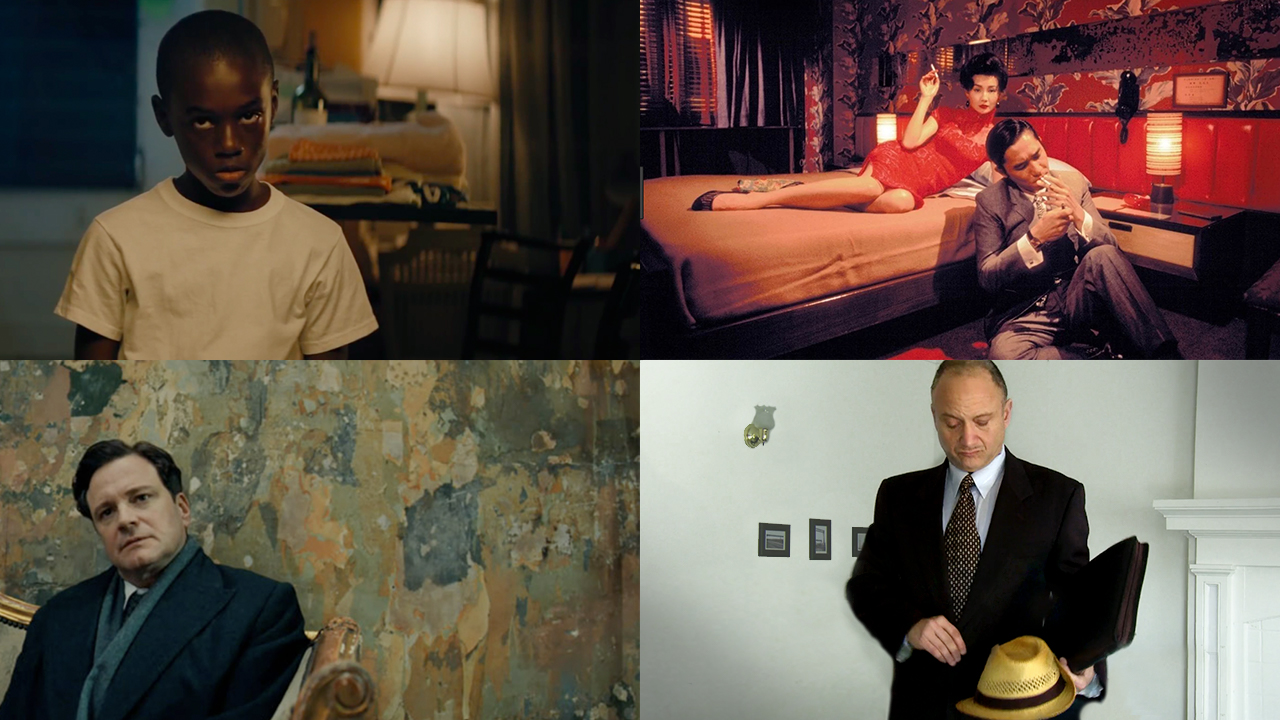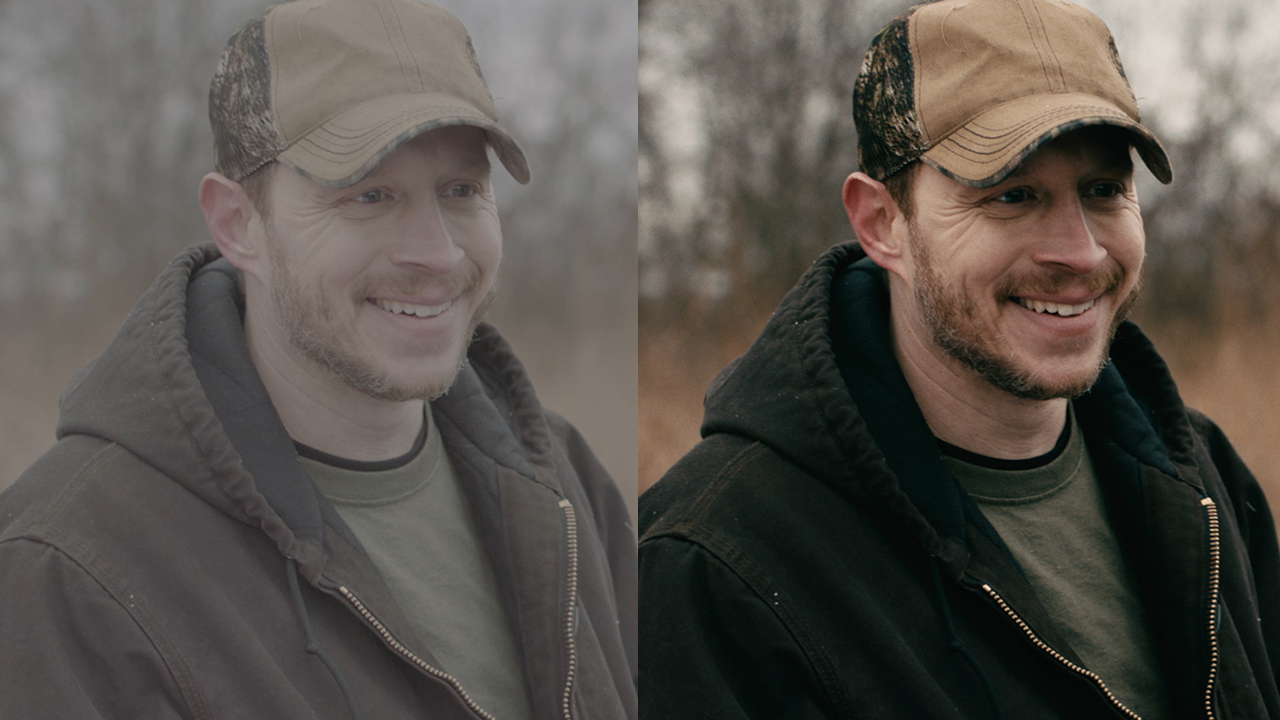Have you ever been watching a movie that felt cheap but you couldn’t figure out why? It had all the trappings of a “real” movie: the dialogue was good, the story made sense, maybe it even had some recognizable actors in it. But something was off. Something you couldn’t quite put your finger on.
When you’re making indie films, you have to cut some corners. That’s just the reality of working with a low budget. But when you’re deciding how to allocate your limited resources, it’s important to realize how your decisions affect the final product. Here are five corners you shouldn’t cut!
1. White Walls
Production designers are some of the (many) unsung heroes of filmmaking. It’s one of those jobs where if you do it right, nobody notices. Big budget movies can afford massive art departments full of painters, builders, and set dressers, all working in careful coordination to control every single thing that appears in each shot. Their sets are carefully planned out to reinforce color motifs or support character backstory.
On a low-budget film, you might not even have a dedicated production designer, let alone a whole team. These films are often shot on location, usually in places where the filmmakers live or work, and the biggest giveaway is the walls. Look around your apartment or office. Chances are you will find yourself surrounded by unadorned white or beige walls. In the real world we don’t even notice, but in film, where we are used to seeing colorful frames filled with information, plain white walls are jarring.
So invest in a little wall paint. Hang some pictures. Go thrift store hunting for some cheap furnishings that fit your characters. It’s a little more money, and a lot more work, but it will make your film feel fuller and help immerse your audience in the world of your story.

2. Shaky-Cam
When you have a lower budget, you have less time. One of the ways indie filmmakers manage to cram more setups into their limited shooting schedule is by staying handheld for most of their shots. Dollies and sliders are expensive and take time to set up and rehearse with. Shooting handheld allows the camera crew to stay nimble and make adjustments on the fly. If you’re mainly lighting with practicals, a handheld camera can increase productivity immensely.
However, in a world where steadicams, slow push-ins, and smooth dolly shots are the norm, shaky, poorly-framed handheld shots stick out like a sore thumb. So if you’re going to rely on a lot of handheld work on the day, do your homework in advance. Remember that cinematography is much more than just pointing the camera at stuff.
Make purposeful decisions about what you want to capture in the frame and how it will aid your storytelling. Try to be creative with your compositions, and avoid boring shot-reverse-shot dialogue scenes or unintentionally unbalanced frames. Use the versatility of your camera crew to explore “oners” or moving masters. Make sure your camera operator is experienced and skilled, and give them plenty of time to rehearse each shot. Handheld camerawork can often look amateurish, but when done right it can also be dynamic (Children Of Men, City Of God) and immersive (127 Hours, In The Loop).
3. Amateur Acting
This one might seem obvious, right? Big-budget movies have famous movie stars in them. Low-budget films might not have a single actor you recognize. But there is a HUGE difference between an unknown actor and an amateur. Your lead might rank 15,929 on IMDb’s STARmeter and still be a working professional with talent, training, and experience. The gap between a pro who has honed their craft and an enthusiastic amateur who’s willing to embarrass themselves on camera is massive and noticeable. Remember, your dialogue might be brilliant on the page, but you are dependent on your actors to bring it to life on screen.
Many low-budget films find highly qualified (and often famous) actors for their leads roles, then fill out the cast with local hires from the community theatre or drama school ranks. Sometimes they get lucky, but often these day players are unprepared or overwhelmed. They can deliver wooden, self-conscious performances that drag their more talented scene-mates down with them. Sometimes these scenes end up being trimmed significantly or cut completely from the finished film.
If you must use amateurs, follow the model of filmmakers like Sean Baker and Richard Linklater by casting people who are very similar to the roles they’re playing, and avoid scripting or rehearsing their scenes too carefully. Allowing for improvisation and spontaneity will prevent the type of stiff performance that can lose an audience.
4. Garage Colorists
For every experienced professional colorist with a well-equipped screening room, a DaVinci Resolve console, and the computing power to make it all worthwhile, there are a dozen aspiring colorists operating out of their garages and apartments. They don’t have Resolve, but they have the Adobe Suite. They don’t have a big screen, but they’ve got a 4K monitor. They don’t have any training, but they’ve watched hundreds of YouTube tutorials.
Unfortunately, when it comes to color grading, you usually get what you pay for. Amateur colorists often struggle to find the balanced look that can make a micro-budget project feel like a million bucks. They might slide down the slippery slope of oversaturating the color or bumping the contrast too much. Or they might try to keep it naturalistic, but leave your image washed out and flat. It’s surprising how often productions splurge on a great camera like the Arri Alexa, and then get cheap when it comes to hiring a colorist that can make the best use of that raw footage.
A bad colorist can actually make your film look significantly worse. But a pro with a state-of-the-art rig can work magic. The software is so sophisticated and integrates so well with high-end camera footage, virtually any mistake is fixable. The look of your film is no place to cut corners, so set aside a healthy chunk of your post-production budget for color grading.

5. “507” Sound
Film is primarily a visual medium. As such, filmmakers spend most of their energy making sure their films look good. There is a fetishistic obsession with lenses and camera gear, lighting, and composition. But when’s the last time you had a really intense conversation about film sound? Or drooled over a new directional shotgun mic? You’ve probably recommended movies because they look gorgeous, but have you ever commented on how they sound?
Sound is another thing we only seem to notice when it’s bad, and nothing makes a movie feel more amateurish than bad sound. Tinny, reverb-heavy audio that sounds like it was captured with an onboard mic can make even the most professional film seem like a home movie. You might be going for naturalism, but audiences have gotten used to very clean dialogue and carefully cultivated ambient noise. It can be jarring when they hear an airplane flying overhead, or kids yelling in the street outside.
We’ve covered this topic at length before, and it’s an easy problem to avoid. Make sure you have at least a two-person sound crew and that they know what they’re doing. Show them every location in advance to troubleshoot potential problems, and give them time on the day to find solutions for unanticipated issues that arise. And remember to budget for post-production! They aren’t cheap, but ADR and a proper mix session are a must!


I liked that you said to invest in a colorist to make the images look the best. My brother wants to make his first indie film and wants to make sure his cinematography looks the best. I’ll be sure to share this with him so he can make sure his film looks the best and professional.
I found your whole article very helpful. I was not aware of your 4th point before. I like that point the most out of the whole article. Hopefully my filmmaking journey will be much easier for this reason.